In my weekly review of new studies on PubMed of potential interest (50-150/week) I came across this one
I suspected that this may be connected to Mast Cell Activation Syndrome (MCAS), a condition that many people struggle with. I thought it would be good to do a walk-through of how I currently research things that are of interest but not explicit in the literature.
My first step is to see if it is worth while exploration. At present, I use Perplexity because it provides references for what it answers. You need to check them, one reference that I got on a different question came from [sarcasm]”the definitive medical resource: Amazon Product Information“.

The [answer] was: “Circulating inflammatory cytokines can have a significant impact on Mast Cell Activation Syndrome (MCAS)…“. If you click on [answer] you will see the full response.
Phrase I Tracking immediate leads
Returning to this new article we read:
- Sellimonas and Eubacterium ventriosum were positively associated (thus you want to reduce)
- Escherichia-Shigella, Eubacterium ruminantium and Prevotella 9(i.e. Prevotella copri) were negatively associated (thus you want to increase).
In terms of compounds we have items which we lack microbiome data for, BUT as you will see later, we have herb data for!
- CCL23 increases risk [Chemokine (C-C motif) ligand 23 (CCL23) is a small cytokine belonging to the CC chemokine family that is also known as Macrophage inflammatory protein 3 (MIP-3) Wikipedia ]
- SIRT2, ADA and Caspase 8 decreases risk
We now have a bunch of scents to follow. Some may bear fruit.
Next step was to look up the above bacteria (and their parents) on our citizen science site.

I inspected these lists (which are at the genus level), and then look for matches. There were none 🙁
I went over to a sample from a MCAS person done with shotgun (Thorne) and a parallel Biomesight and Ombre test done at the same time. For the positively associated there were only one, reported by Ombre at 39%ile). For negatively:
- Escherichia was 50%ile (33%ile from Biomesight, 59%ile from Ombre)
- Shigella was 0%ile
- Eubacterium ruminantium was reported only by Ombre at 100%ile
- Prevotella copri was none
So the person appears to be deficient in bacteria that inhibits things. Incidentally, this person takes Mutaflor and SymbioFlor-2 (Escherichia probiotics) and have reported that it seems to moderate histamine issues.
Checking KEGG for scents:
- SIRT2 – we see NAD-dependent protein deacetylase sirtuin-2 isoform X1, this corresponds to this person feeling better from taking (flushing) niacin. Perplexity clarifies it with “Niacin (also known as vitamin B3) is a precursor for the coenzyme nicotinamide adenine dinucleotide (NAD).” and five references!
- ADA – adenosine deaminase connected to [EC:3.5.4.4] which we can seen on the site, this person BiomeSight was at 98%ile by Biomesight and 43%ile by Ombre, so situation is fine
- Caspase 8 [EC:3.4.22.61] has no associated bacteria to estimate from.
Take Away
For this person, the study and experience has reasonable agreement with this person’s positive response to Escherichia probiotics and (flushing) niacin appearing to be explained.
Phrase 2
This starts by using Perplexity to find branches of the above to explore.
- What foods and herbs reduce Sellimonas? – Nothing
- What foods or herbs reduces Eubacterium ventriosum? Nothing
- What food or herbs increases Eubacterium ruminantium? Turmeric!!! BUT THIS WAS A HALLUCINATION! The AI deemed [TRF] to be turmeric residue fiber, but in the study it was Time-restricted feeding (TRF). — this illustrates the need to check the source every time!!
- What food or herbs increases Prevotella copri? Nothing specific, suggestions about Prevotella only.
Now, if we go to Microbiome Prescription for these, example Sellimonas we have many dozens of substances with some being explicit. Clearly, Perplexity is inferior for bacteria information.

Next, we go and look at things not on microbiome prescription.
- What are foods and herbs that will increase NAD? The response does include the hallucination cited above.
- “Niacin-rich foods: Niacin (vitamin B3) is a precursor for NAD biosynthesis in the body. Therefore, consuming foods rich in niacin can provide the raw material for NAD production.”
- “Tryptophan-rich foods: The amino acid tryptophan can also be converted to NAD in the body, albeit at a lower efficiency than niacin.2 Foods rich in tryptophan include:Turkey, Oats, Bananas, Milk, Yogurt” The quality of references were poor (very poor), so I did a PubMed search and found:
- “Underlying these benefits [of moderate excise] were transcriptional changes in enzymes driving the conversion of tryptophan to NAD(+), this leading to increased hepatic NAD(+) and elevated activity of the NAD(+)-” [2021]
So tryptophan rich food plus moderate exercise would be an alternative for people who cannot use (flushing) niacin.
- What foods or herbs increases adenosine deaminase ? The response was only what was to be avoided.
- Avoiding Curcumin/turmeric is inferred, Mori Folium (Mulberry leaf), Saururi Herba (Lezpedezia bicolor):
- What foods or herbs increases Caspase 8? Nothing explicit, a lot of “this suggests”, “This implies”
- What foods or herbs decreases CCL23? Nothing
I decided to dive into PubMed for Caspase 8 with herbs and got 91 results. Some interesting ones are below. WARNING: Some of the herbs below are prohibited to be sold in the US because of risks. They are listed here for illustration only:
- “The expressions of caspase–8 and caspase-9 were significantly elevated by the Kerra extract ” [2023]
- “Furthermore, it[ leaf extract of Acorus calamus] also increased expressions of caspase-3, caspase-9, caspase-8,” [2023] FYI, available for sale. [WARNING from Web MD]
- “Tribulus terrestris (TT), a herb belonging to Zygophyllaceae family …caspase 8 genes were also upregulated” [2019] FYI, it can be purchased as a powder in bulk
- “extracted from the Chinese herb Tripterygium wilfordii Hook…was associated with activation of both caspase-3 and caspase-8” [2006]
- “isolated from Solanum incanum herb … activation of caspase-8” [2004]
Of special interest is that most of these studies were in the context of cancer with caspase-8 inhibiting the cancer. MCAS and cancer are associated: ” Our data support the view that mast cells may promote development of certain malignant tumors. These findings indicate a need for increased surveillance of certain types of cancer in MCAS patients irrespective of its individual clinical presentation.” [2017]
I did a second dive into CCL23 (and checked it alternative names too!)
- “CCL23 is produced predominantly by mast cells in systemic mastocytosis, and CCL23 plasma levels are associated with disease severity, correlating positively with established markers of disease burden, thus suggesting that CCL23 is a specific SM biomarker.” [2023]
- “Human neutrophils produce CCL23 in response to various TLR-agonists and TNFα. ” [2017]
- This means that reducing TNFα should reduce CCL23. [perplexity gives a list with reference including: Trikatu, Allium sativum, Capsaicin, Carvacrol,Thymol. ]
- TLR-agonists are prescription medicines… and also Fungi, Seaweed
Take Away
Usually I work on microbiome modifications. The reason is simple — it is pretty time consuming to maintain the database! Above, we see a secondary approach — targeting specific enzymes and compounds using PubMed. I would love to get funding to put this extra information into an equivalent (and connected) expert system.
Bottom Line
The above illustrates how AI (Large Language Models – ChatGPT and Perplexity) can assist in researching — but beware of hallucinations! and check the sources of the information.
What is interesting is that we cascaded from Circulating inflammatory cytokines to MCAS to specific compound and then to herbs. The herbs are often atypical herbs that should be researched for safety and any other known issues. Many appear to be used traditionally in eastern medicine. This approach gives new options to consider when conventional options fail. We do not know the microbiome impact of these herbs — but we do know the impact on specific compounds and enzymes of interest. I would love to build a fuzzy logic expert system in this area so that contraindications are visible and the results are sounder; unfortunately that takes skilled people and time.
As always, before starting any herbs, spices and supplements, you should review your plan with a licensed medical professional.


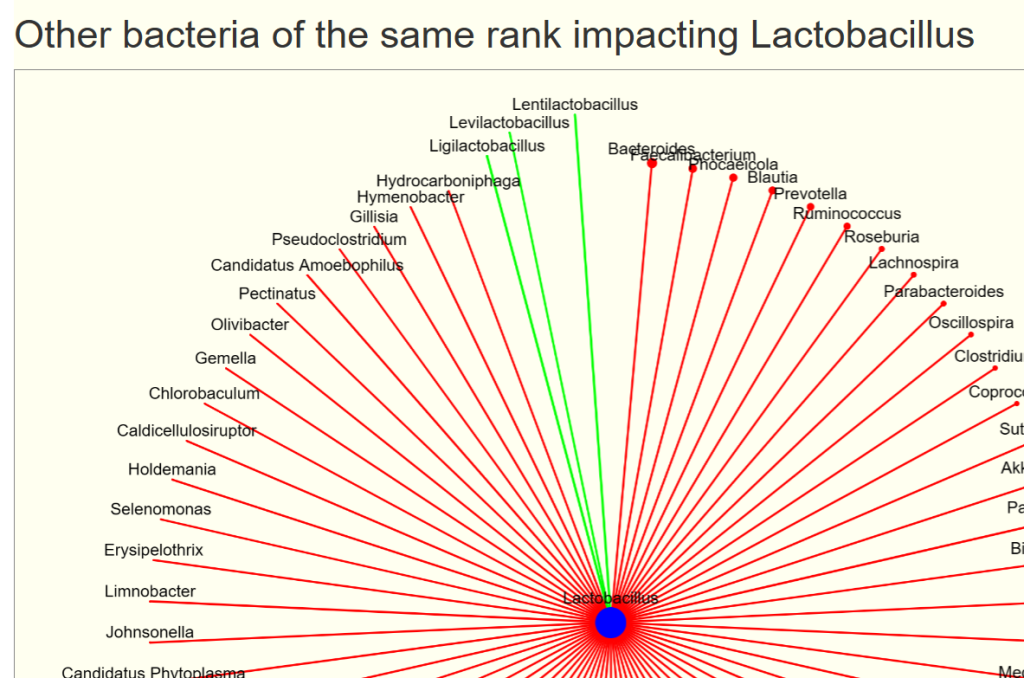
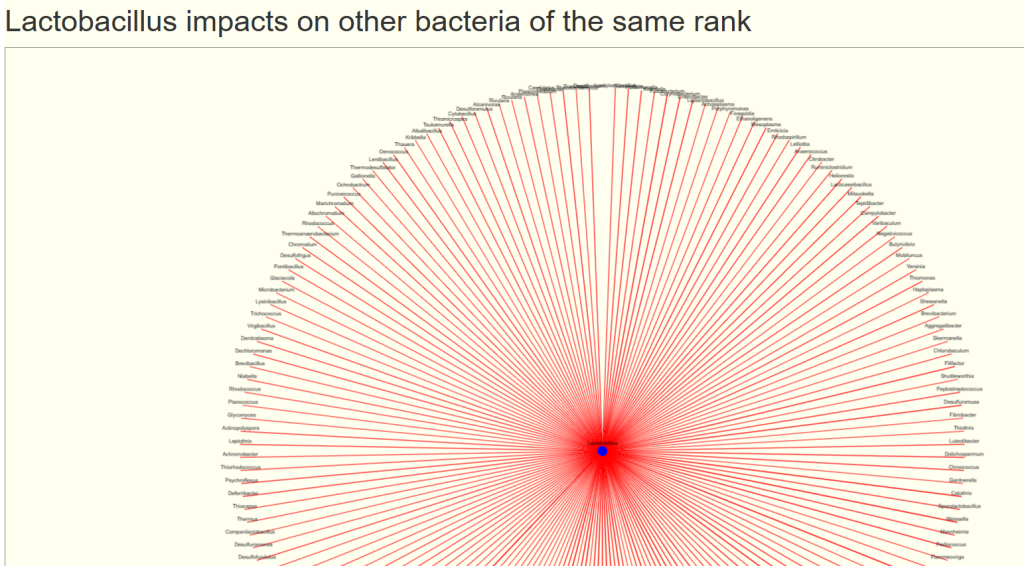
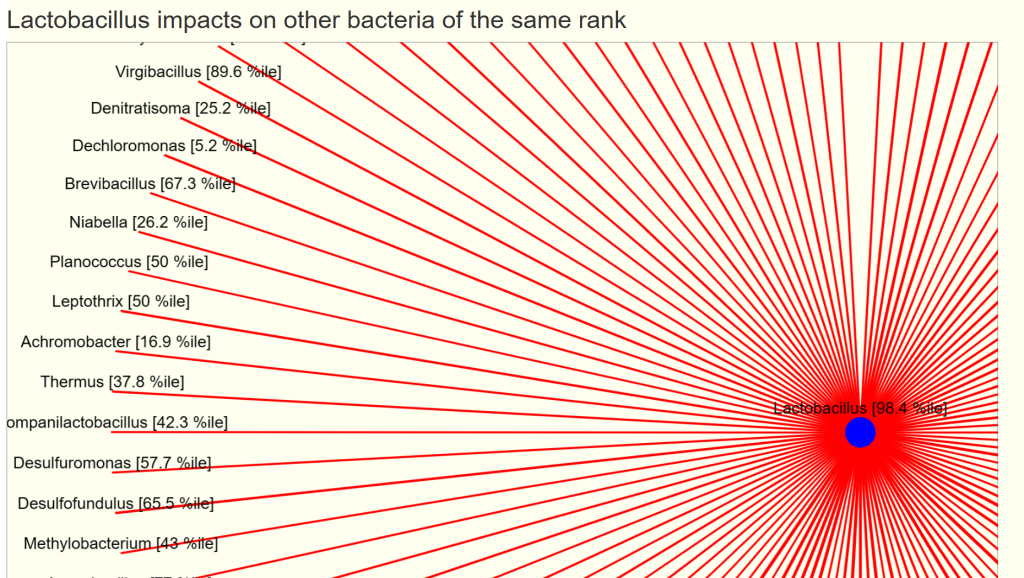
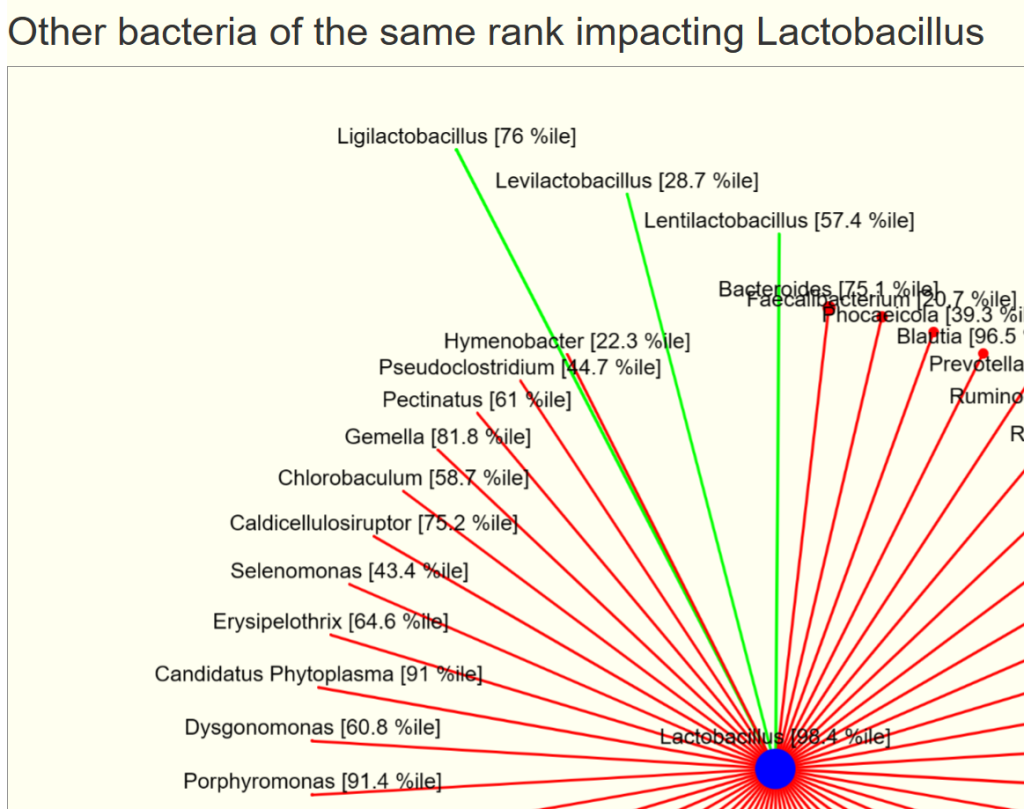
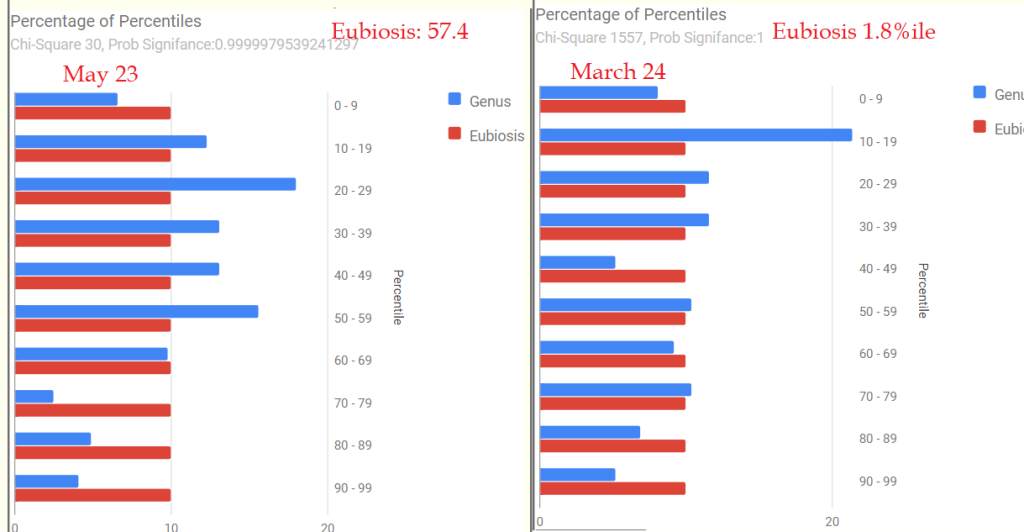




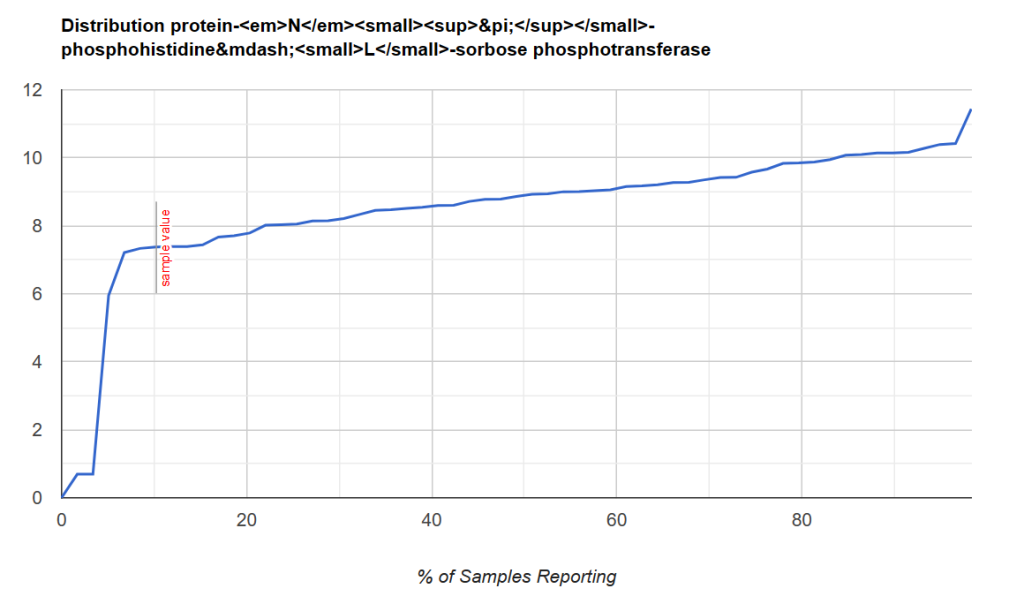
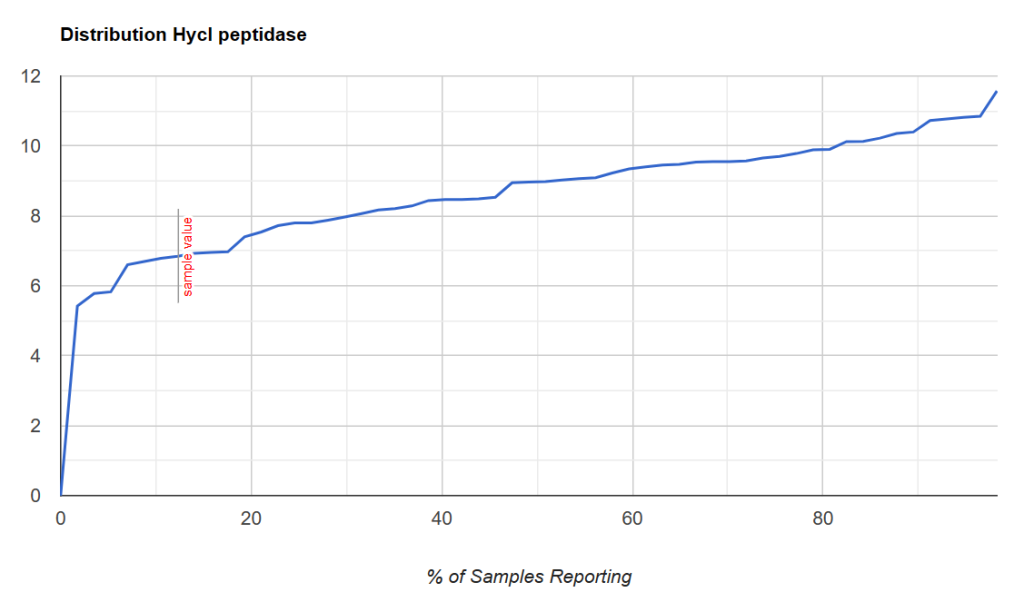
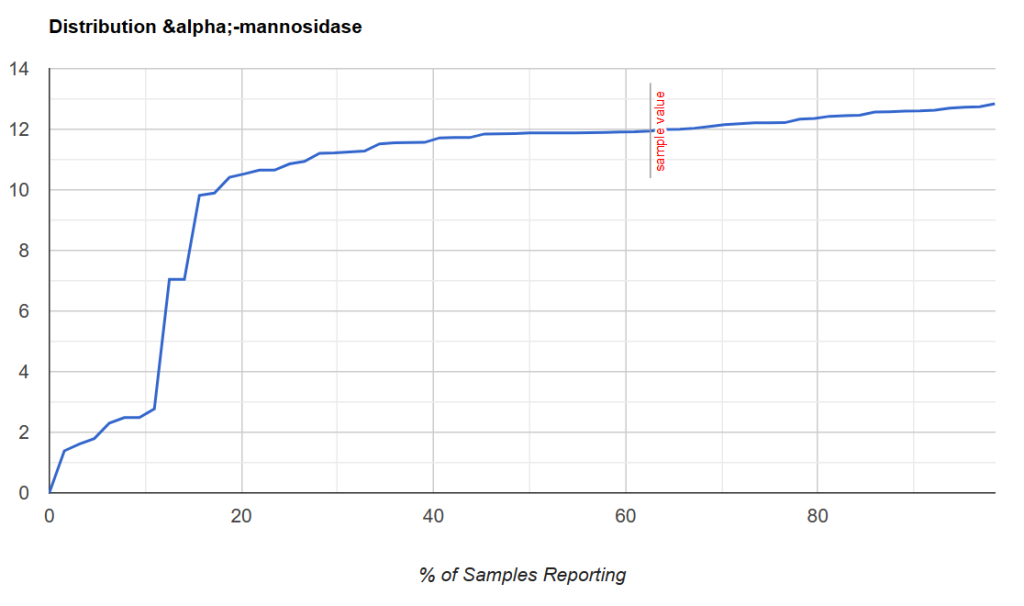

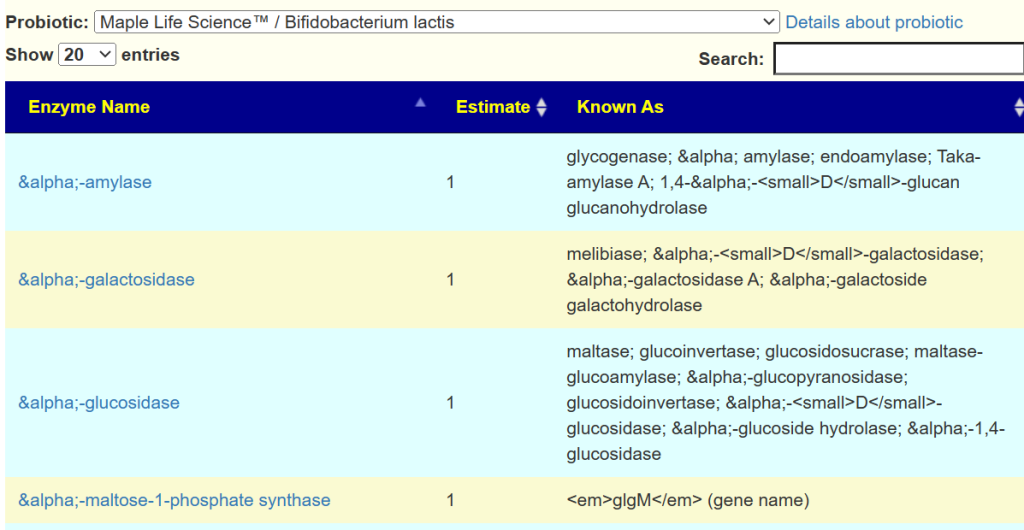













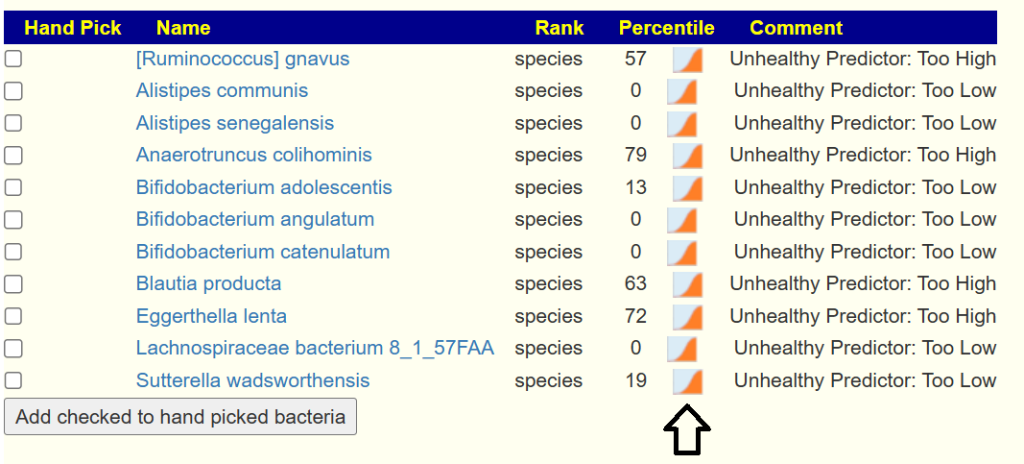
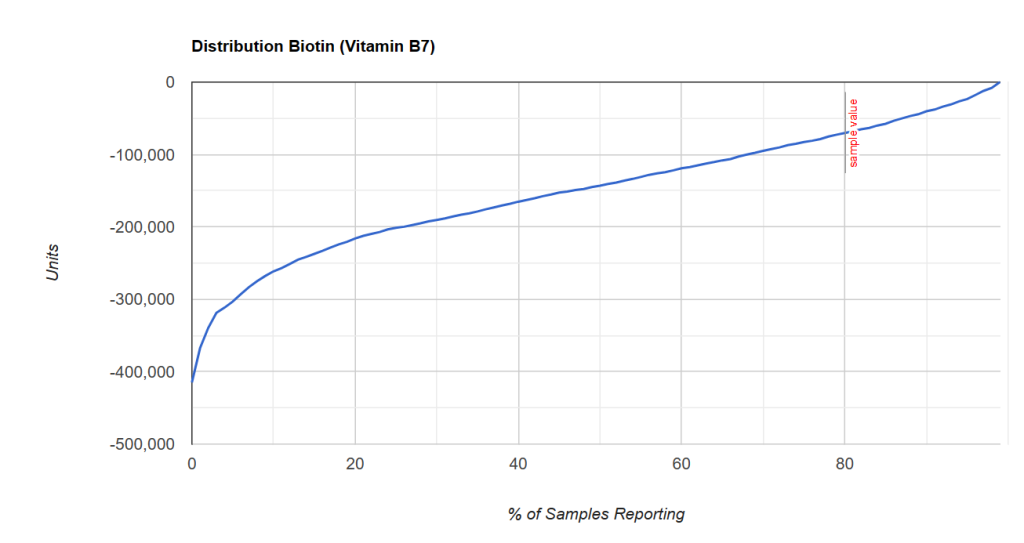

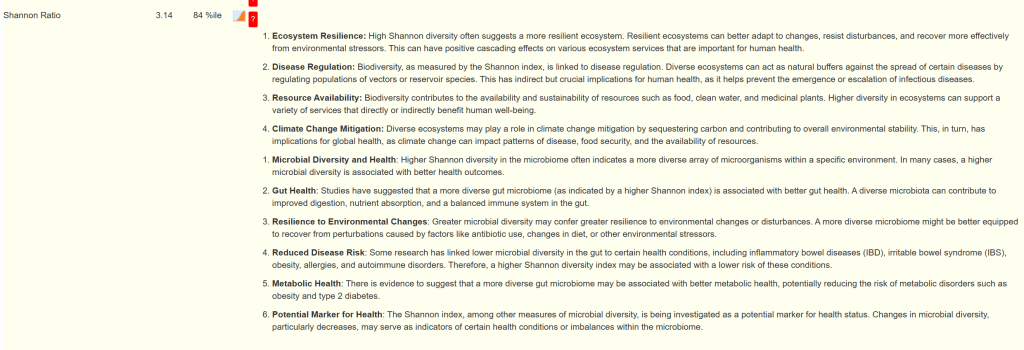













Recent Comments